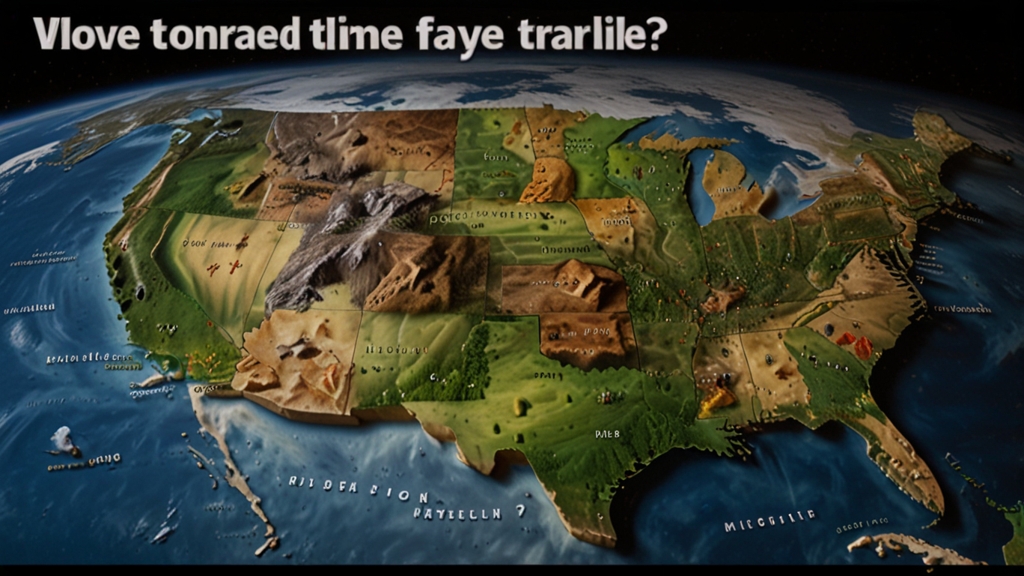Trade and Treasures: The Economy of Mesopotamia in Ancient Times
Mesopotamia, often termed the 'Cradle of Civilization', boasts a rich and multifaceted history that extends back to the dawn of human society. Located between the Tigris and Euphrates rivers, this fertile crescent became a nexus of human innovation, particularly in the field of economy. The ways in which Mesopotamians managed their resources, structured their trade, and valued their treasures provide profound insights into their social structure and daily life.
Agriculture: The Foundation of Mesopotamian Economy
The economy of ancient Mesopotamia was predominantly agrarian. The Tigris and Euphrates rivers provided the essential irrigation needed for farming in an otherwise arid region. These water sources facilitated the growth of staple crops such as barley, wheat, and dates, which, in turn, supported a significant population. Mesopotamians also engaged in livestock farming, raising sheep, goats, and cattle. The agricultural surplus was fundamental in sustaining urban development and specialization of labor.
The abundance of agricultural produce allowed Mesopotamians to develop complex societies with distinct social classes, facilitated trade, and established long-distance trading connections.
Emergence of Trade Networks
Trade was an integral aspect of Mesopotamian economy. The scarcity of certain natural resources in the region, such as metals, timber, and precious stones, necessitated the development of extensive trade networks. Mesopotamians traded surplus agricultural products for raw materials and luxury goods from neighboring regions.
Overland trade routes facilitated exchanges with Anatolia, the Levant, and Persia, while riverine and maritime routes connected Mesopotamia to the Indus Valley and the civilizations of the Arabian Peninsula. Goods such as tin, copper, gold, silver, textiles, and spices flowed through these routes, enriching Mesopotamian cities and fueling economic growth.
Innovations in Trade and Commerce
The complexities of trade led to several innovative economic practices in Mesopotamia. The invention of writing, specifically cuneiform on clay tablets, revolutionized record-keeping. Merchants maintained detailed accounts of transactions, contracts, and inventories, providing a blueprint for modern accounting practices. The use of seals and standardized weights further streamlined commerce, ensuring the integrity and reliability of trade practices.
The development of urban centers like Ur, Uruk, and Babylon underscored the significance of trade. These cities became bustling hubs of economic activity where markets thrived, and wealth accumulated.
Financial Instruments and Banking
The sophistication of Mesopotamian trade necessitated early forms of financial instruments and banking. Temples and palaces acted as proto-banks, safeguarding deposits of goods and offering loans. Loans were typically extended to traders or farmers, with repayment often involving interest in the form of additional grain or silver.
This rudimentary banking system laid the groundwork for more complex economic transactions and fostered a climate of financial trust, encouraging further economic growth and expansion of trade networks.
Art and Craftsmanship: Mesopotamian Treasures
The wealth generated through agriculture and trade enabled significant advancements in art and craftsmanship. Mesopotamian artisans produced intricate jewelry, pottery, and textiles that were highly valued both locally and internationally. The proliferation of luxury items like lapis lazuli jewelry, exquisite cylinder seals, and elaborately decorated pottery indicated not only wealth but also the high level of skill and aesthetic sensibility possessed by Mesopotamian craftsmen.
The treasures unearthed from archaeological sites in Mesopotamia reflect the opulence and complexity of their society, highlighting a civilization that placed great value on beauty and craftsmanship.
Conclusion
The economy of ancient Mesopotamia was a beacon of innovation and complexity. From the fertile fields facilitated by sophisticated irrigation to the thriving trade networks that spread across vast distances, Mesopotamians harnessed their natural and intellectual resources to build a vibrant economic system. Their advancements in agriculture, trade, commerce, and craftsmanship forged a legacy that continues to influence economic practices and appreciation of cultural treasures in modern times.







